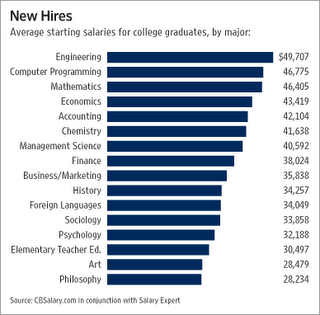What do EEO-1 reports tell you about discrimination in a hiring case?
EEO-1 reports from the EEOC provide a breakdown of how many people of different racial, gender, and age groupings are hired into different job positions within a company. The detailed reports, which most times the public will not have access to, provides a breakdown by employer. The more aggregated reports, which the public generally has access to, provides a breakdown at a higher level, such as at the zip code level or higher, by industry type. So ultimately the EEO-1 reports present the composition of the employer at a given point in time, usually a year.
In contrast, in a hiring case the plaintiffs are usually alleging that the defendant failed to hire
them because of their age, race, gender or other characteristics. In these types of cases, statistical analyses that compare the individual employer’s hiring numbers to EEO-1 data are common.
However, the EEO-1 report generally makes a poor comparison.
Instead of focusing only on the employer/defendant’s hiring decisions, a firm’s EEO-1 report reflects the composition of the workforce which is the result of hiring decisions over a much longer period than are issue in the typical hiring discrimination case. In short, the composition of an employer’s workforce is not necessarily representative of the composition of the hires in any given year, or the composition of the applicants available for hire for any given year.
For example, consider a hiring case where there are allegations of age discrimination. In this example, the employer starts with a workforce of 200 employees that are under the age of 40. and zero that are 40 years of age or older. For this firm, it’s workforce composition is 0% 40 or over.
If during the following year the firm hires 20 employees and they all 40 years of age or over, the firm’s composition of older worker hires is 100%. However, the overall composition of the workforce is now just 9.09% that is 40 years of age or older. That is 20 workers who are over the age of 40 out of a total of 220 employees.
The workforce composition of 9.09% of older workers does not adequately represent that the firm’s composition of hires of 100% older workers in that year. Therefore, in this setting, the composition of the workforce is not an appropriate measure to analyze the hiring decisions in any given year.
Labels: discrimination, employment cases, statistical evidence

